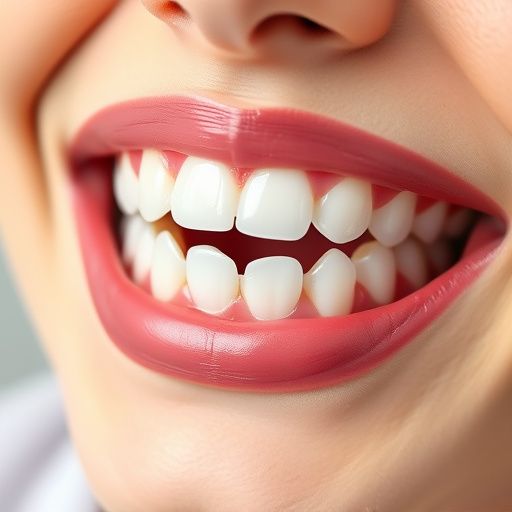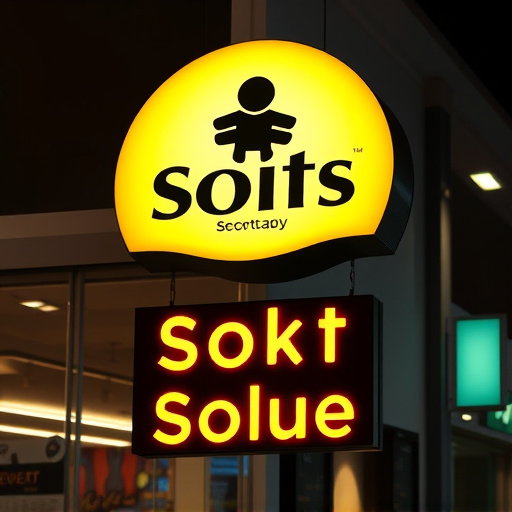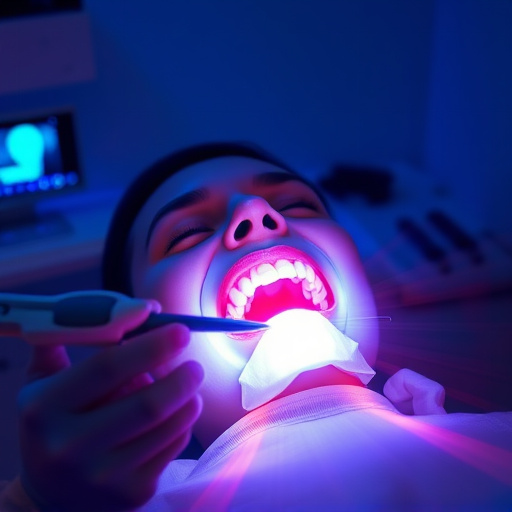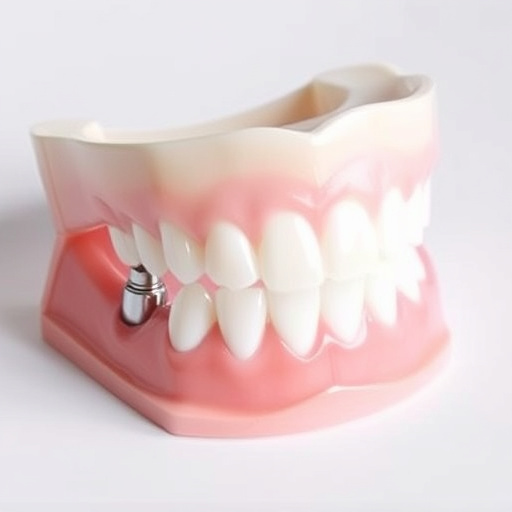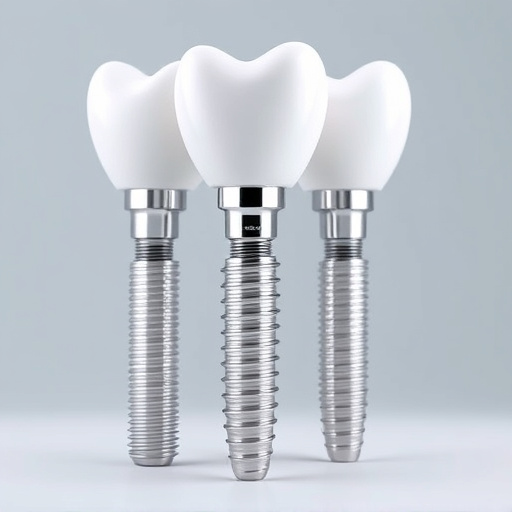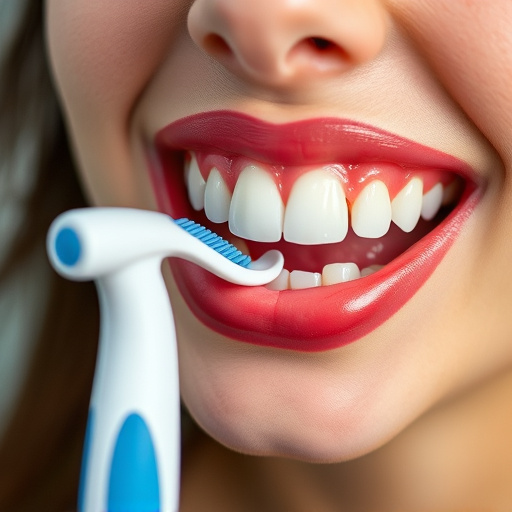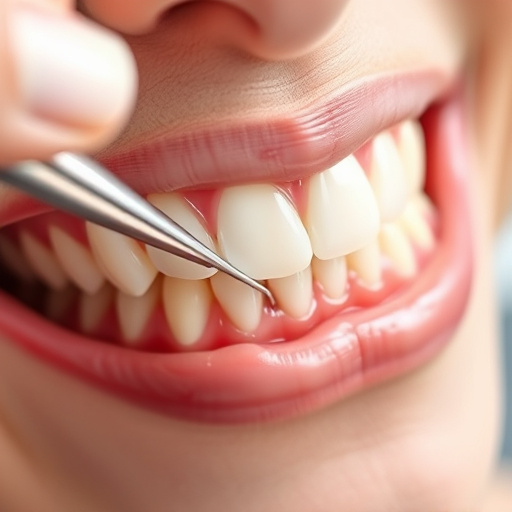Minimally invasive dentistry (MID) is a modern, revolutionary approach that preserves healthy tooth structure while treating damage early. Using advanced tools like laser dentistry and microscopic inspection, MID avoids extensive drilling, reducing discomfort and recovery times. This method seamlessly integrates with both cosmetic and general dentistry, enhancing aesthetics and promoting long-term oral health. By intervening early, MID prevents minor issues from becoming severe problems, offering key advantages over complex treatments. Modern fillings repair cracks and chips, preserving natural teeth structure, and advanced techniques like micro-restorative dentistry and precise imaging technologies ensure quicker recovery times for both children and adults.
In today’s digital era, minimally invasive dentistry (MID) is transforming oral care. This gentle approach prioritizes preserving tooth structure, making it ideal for early-stage damage. By avoiding extensive removal, MID offers benefits like reduced procedure time, less discomfort, and decreased risk of complications. Understanding MID’s techniques and procedures can empower patients to choose a conservative path for their dental health, ensuring long-lasting smiles.
- Understanding Minimally Invasive Dentistry: A Gentle Approach to Tooth Care
- Benefits of Early Intervention for Tooth Damage
- Techniques and Procedures in Modern Minimally Invasive Dental Practice
Understanding Minimally Invasive Dentistry: A Gentle Approach to Tooth Care
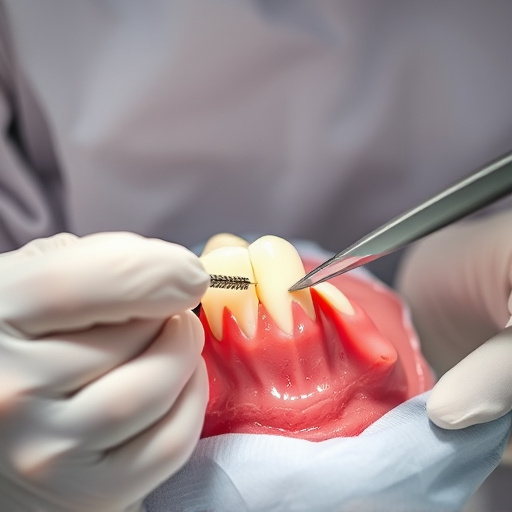
Minimally invasive dentistry (MID) represents a paradigm shift in dental care, focusing on preserving healthy tooth structure while treating damage as early as possible. This approach prioritizes gentle techniques and equipment to avoid extensive drilling or cutting, minimizing discomfort and recovery time for patients. By using advanced tools and strategies, such as laser dentistry, microscopic inspection, and precise restorations, MID allows for effective tooth repair without the invasive procedures commonly associated with traditional dental work.
This method aligns seamlessly with both cosmetic dentistry and general dentistry practices, offering a more conservative alternative to conventional treatments. By catching early-stage damage, MID not only preserves aesthetics but also promotes overall oral health, ensuring long-lasting results that maintain the natural beauty and function of your smile.
Benefits of Early Intervention for Tooth Damage
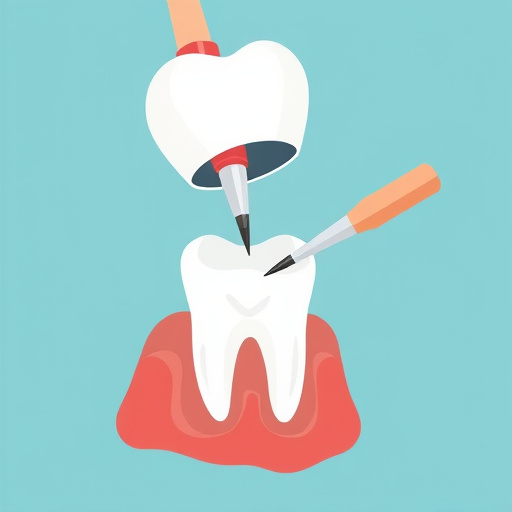
Early intervention for tooth damage offers several significant advantages when it comes to minimizing long-term complications and maintaining optimal oral health. In many cases, minor dental issues can escalate if left untreated, potentially leading to more severe problems that require extensive treatments, including complex procedures or even extractions. By opting for minimally invasive dentistry techniques during the early stages of tooth damage, patients, especially children in the realm of children’s dentistry, can benefit from swift relief and preservation of their natural teeth structure.
This proactive approach is particularly valuable in emergency dental care scenarios where prompt action is crucial. For instance, a small crack or chip in a tooth may be repairable with minimal alteration to its natural form using modern dental fillings. Early detection and treatment can prevent such damage from progressing into more serious conditions that might require extensive rebuilding or even the need for implant solutions, which are generally more costly and invasive.
Techniques and Procedures in Modern Minimally Invasive Dental Practice
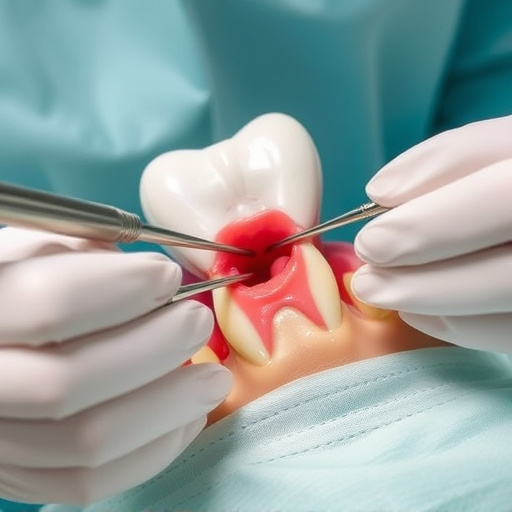
Modern minimally invasive dentistry offers a wide array of techniques and procedures designed to preserve as much of the natural tooth structure as possible. These advanced methods cater to various needs, from children’s dentistry to addressing early-stage damage in adults. One common approach is micro-restorative dentistry, which utilizes tiny instruments to repair chips or small cavities without drilling. This technique not only minimizes the removal of healthy tooth enamel but also allows for quicker recovery times.
In addition, advanced imaging technologies like digital X-rays and CT scans play a crucial role in planning minimally invasive procedures. These tools provide detailed insights into oral health, enabling dentists to perform precise treatments tailored to each patient’s unique needs. Comprehensive dental care, encompassing routine oral exams and regular maintenance, remains a cornerstone of minimally invasive practices, ensuring long-term oral health without excessive intervention.
Minimally invasive dentistry is a revolutionary approach that prioritizes preserving healthy tooth structure while treating early-stage damage. By adopting these gentle techniques, dental professionals can offer effective solutions with reduced discomfort and less tissue removal compared to traditional methods. Early intervention for minor cracks, decay, or wear not only enhances the longevity of teeth but also promotes better oral health in the long term. As modern technology continues to refine these procedures, minimally invasive dentistry is poised to become the go-to option for preserving smiles and ensuring patient comfort.



